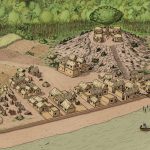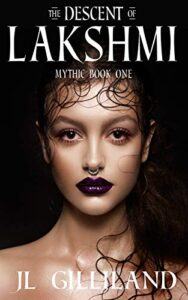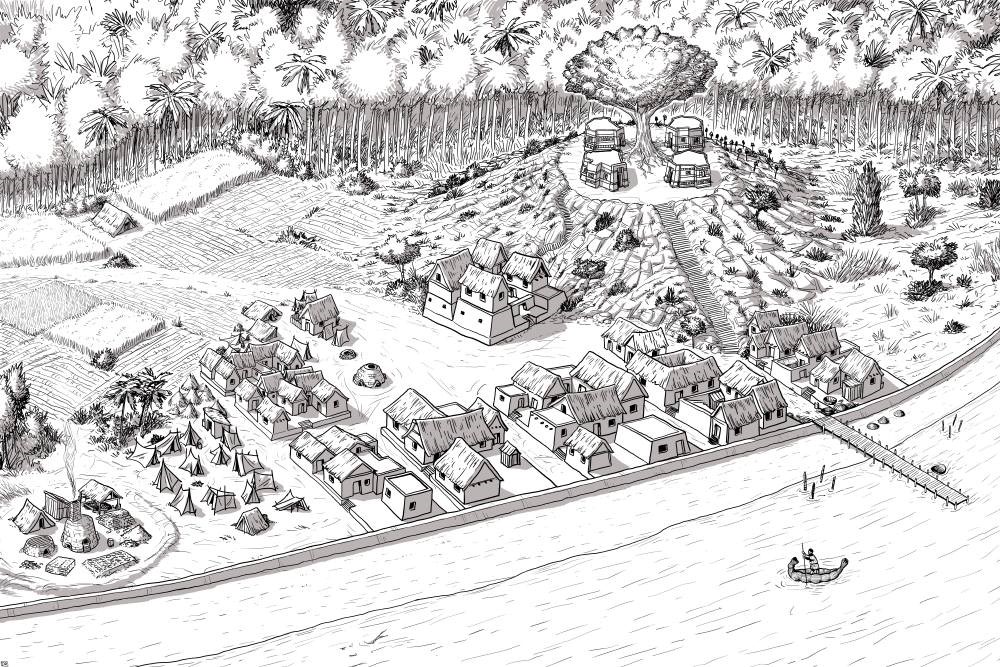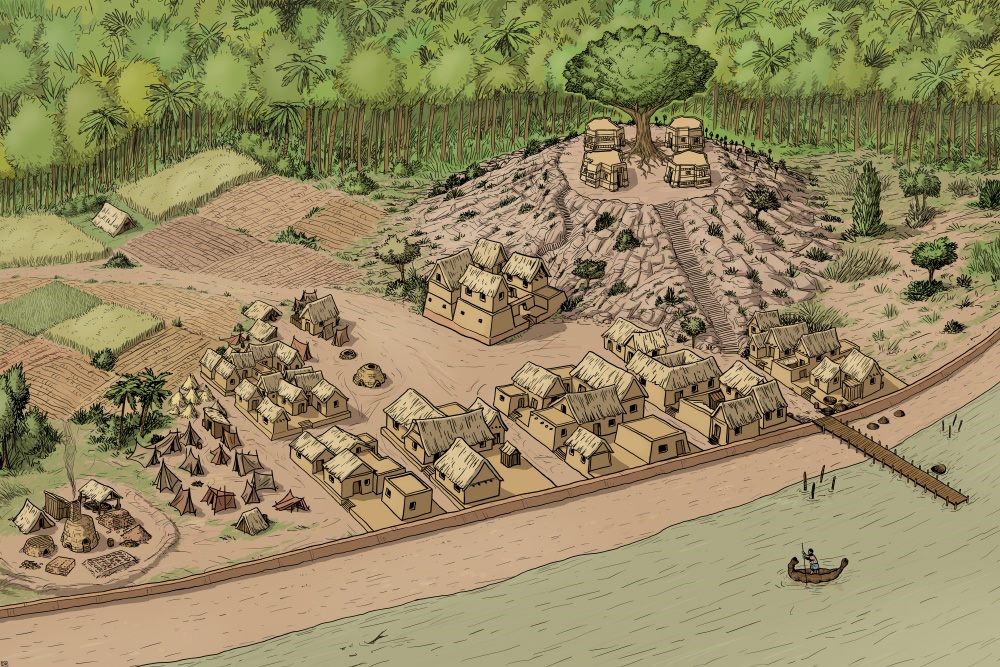
Adding a map to your book will add value, interest and enjoyment for your reader, helping them to understand the setting of our story better, but how to you find the best map artists for your book and what's the most effective way to work with them? J L Gilliland, whose debut novel The Descent of Lakshmi was launched on 15th October 2018, shares practical instructions based on her own experience of successful illustration commissioning.
Why Add a Map to a Novel?

J L Gilliland's novel was launched on 15th October, complete with maps
So, you want to add a map to your novel….
There are plenty of good reasons to do that. In my case, it had everything to do with the world I was recreating. It’s an actual place and historical era, but, well, how many of you can envision a Bronze Age village in southeast Pakistan? Raise your hand (and cue the crickets…).
I was in the final edit stage of The Descent of Lakshmi when it became unavoidable. My beta readers all asked for it, but I resisted the idea, because, well… I had a small-to-nonexistent writing budget and I wasn’t sure how to justify the expense.
When Only a Map Will Do
Being the stubborn person I am, I figured better descriptions would solve the problem, so I elaborated on the layout and structure of the village in the next draft and handed it off to my alpha readers.
This time, I heard, “I love maps in fantasy novels. Could you do one?”
How to Write a Map Specification
Ugh. Okay, I know when I’m beat, so I put together a bunch of images, descriptive imagery, and other details into a Word document. This included the viewing angle—from the north, south, east, or west, and whether to view it from directly overhead, ground level or anything in-between—and a list of deliverables. I requested the vector/raster raw files for one black and white horizontal sketch and one colored image for the webpage for a 6″ x 9″ book.
By having it all written down, I could cut and paste the information instead of rewriting it every time I found another possible lead.

The mono version of J L Gilliland's map commission…
How to Find a Map Artist
Finding a cartographer was an uneven process mainly because I didn’t know where to search, or the precise name of the map style I wanted to create. I started with UpWork.com and Guru.com. Responses came within 24 hours, but neither panned out for various reasons. Those conversations, however, yielded valuable information: I was asking for an isometric map, and when a cartographer requested examples of map styles I liked, I found DeviantArt.com.
Unfortunately, DeviantArt is not user friendly and it took quite a while to find contact information. Most message boards are out-of-date and unmonitored. Be prepared to scroll around awhile to find webpage and Facebook contact information.
The DeviantArt illustrator I chose was exceptional. Domagoj Rapcak and I exclusively used Facebook’s messenger to communicate and PayPal for payment (and record-keeping). He would draw a sketch and I would make adjustments to better suit my vision.
From initial inquiry to final map took three weeks—despite a complete redesign of the village when I had to make adjustments for better historical accuracy.
Precise descriptions are a must.

…and now, the full colour version
Top Tips for Briefing a Map Artist
Below are some tips Domagoj and I put to survive this process relatively painlessly.
- Determine the style(s) of map you want (https://www.illustrationweb.us/styles/maps is a good place to start).
- Spend time looking at the artist’s portfolio to see if it aligns with your vision.
- Choose what elements you want included, and attach images whenever possible. Do not include lore or backstory, but stick to specific details of each item.
- Sketch it out yourself—it doesn’t need to be perfect, but this provides a general guide for the cartographer to work with.
- Decide on your budget—you may need to adjust your expectations to match—and be aware of currency exchange rates.
- Negotiate terms with your cartographer/illustrator:
- How soon do you need the map?
- Will this map be exclusive or shared property?
- Can the cartographer use the map to market himself?
- How does the cartographer want to be credited/promoted in the book?
- What will the final package contain? Just the finished map or all the raw files? Do you need vector or raster images?
- Is there a down-payment or payment upon completion/satisfaction?
- Find a cartographer that matches your requirements
- Pay promptly, and if you’re happy with their work, tip
Happy map making!
OVER TO YOU Do you have any top tips based on your own experience to add to J L Gilliland's helpful advice? We'd love to hear them!
#Indieauthors - like a map to illustrate your #selfpublished book? Here are top tips on how to find and commission an artist for the best results by J L Gilliland https://selfpublishingadvice.org/maps-books-artists/ Share on XOTHER USEFUL POSTS ABOUT WORKING WITH ILLUSTRATORS FOR YOUR BOOKS
From the ALLi Author Advice Center Archive




I found my cartographer at The Cartographer’s Guild (https://www.cartographersguild.com/content.php?s=9e42ccbd83c23b492b6563631bb52d1e).
I just had to post a job request that included the style I was after, the deadline, and the general budget, and I had many cartographers reaching out to me with sample maps, so I was able to choose from several whose style fit what I was looking for perfectly.
The two maps I had designed by my cartographer are at the below links.
https://www.rjvickers.com/itrea-map
https://www.rjvickers.com/whitland-map
Interesting Post – thanks for this.
I finally bowed to pressure from my readers, who kept asking me why there were no maps in my Historical Mysteries. Through a stroke of good fortune I met up with Thomas Shepherd at the Hawksbury Literary Festival and discovered he created maps as well as beautiful, intricate drawings of bookshops 🙂 He has now created two medieval city maps for me, as well as drawn my vision of my main character’s house in Granada in 1482.
Another resource to check out is ProFantasy.com (https://www.profantasy.com/) . These folks provide tools, and especially software for mappers who draw maps for gaming campaigns at all levels of detail and scale. Some of these folks freelance, and they have a good deal of expertise.
Check out their forum for contact ideas. (http://forum.profantasy.com/)